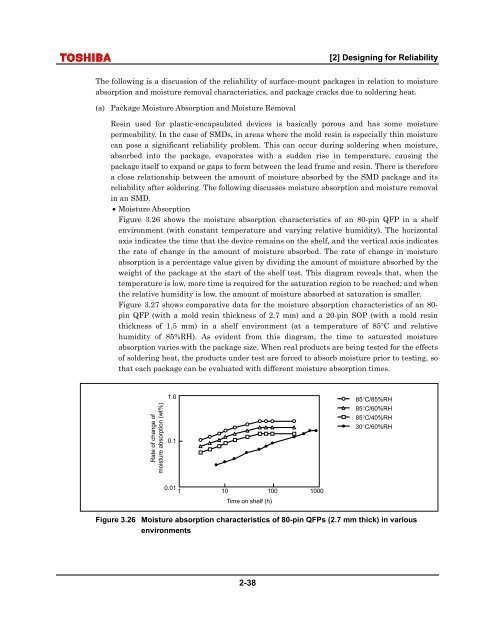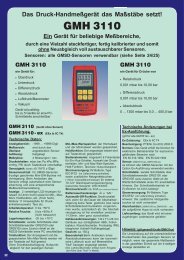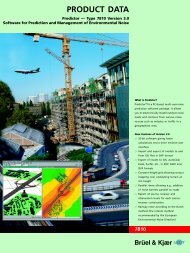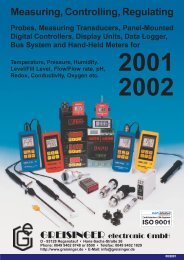1. Basic Concepts in Reliability Design - nl3prc
1. Basic Concepts in Reliability Design - nl3prc
1. Basic Concepts in Reliability Design - nl3prc
You also want an ePaper? Increase the reach of your titles
YUMPU automatically turns print PDFs into web optimized ePapers that Google loves.
[2] <strong>Design</strong><strong>in</strong>g for <strong>Reliability</strong>The follow<strong>in</strong>g is a discussion of the reliability of surface-mount packages <strong>in</strong> relation to moistureabsorption and moisture removal characteristics, and package cracks due to solder<strong>in</strong>g heat.(a) Package Moisture Absorption and Moisture RemovalRes<strong>in</strong> used for plastic-encapsulated devices is basically porous and has some moisturepermeability. In the case of SMDs, <strong>in</strong> areas where the mold res<strong>in</strong> is especially th<strong>in</strong> moisturecan pose a significant reliability problem. This can occur dur<strong>in</strong>g solder<strong>in</strong>g when moisture,absorbed <strong>in</strong>to the package, evaporates with a sudden rise <strong>in</strong> temperature, caus<strong>in</strong>g thepackage itself to expand or gaps to form between the lead frame and res<strong>in</strong>. There is thereforea close relationship between the amount of moisture absorbed by the SMD package and itsreliability after solder<strong>in</strong>g. The follow<strong>in</strong>g discusses moisture absorption and moisture removal<strong>in</strong> an SMD.• Moisture AbsorptionFigure 3.26 shows the moisture absorption characteristics of an 80-p<strong>in</strong> QFP <strong>in</strong> a shelfenvironment (with constant temperature and vary<strong>in</strong>g relative humidity). The horizontalaxis <strong>in</strong>dicates the time that the device rema<strong>in</strong>s on the shelf, and the vertical axis <strong>in</strong>dicatesthe rate of change <strong>in</strong> the amount of moisture absorbed. The rate of change <strong>in</strong> moistureabsorption is a percentage value given by divid<strong>in</strong>g the amount of moisture absorbed by theweight of the package at the start of the shelf test. This diagram reveals that, when thetemperature is low, more time is required for the saturation region to be reached; and whenthe relative humidity is low, the amount of moisture absorbed at saturation is smaller.Figure 3.27 shows comparative data for the moisture absorption characteristics of an 80-p<strong>in</strong> QFP (with a mold res<strong>in</strong> thickness of 2.7 mm) and a 20-p<strong>in</strong> SOP (with a mold res<strong>in</strong>thickness of <strong>1.</strong>5 mm) <strong>in</strong> a shelf environment (at a temperature of 85°C and relativehumidity of 85%RH). As evident from this diagram, the time to saturated moistureabsorption varies with the package size. When real products are be<strong>in</strong>g tested for the effectsof solder<strong>in</strong>g heat, the products under test are forced to absorb moisture prior to test<strong>in</strong>g, sothat each package can be evaluated with different moisture absorption times.Rate of change ofmoisture absorption (wt%)<strong>1.</strong>00.185°C/85%RH85°C/60%RH85°C/40%RH30°C/60%RH0.011 10 100Time on shelf (h)1000Figure 3.26 Moisture absorption characteristics of 80-p<strong>in</strong> QFPs (2.7 mm thick) <strong>in</strong> variousenvironments2-38





